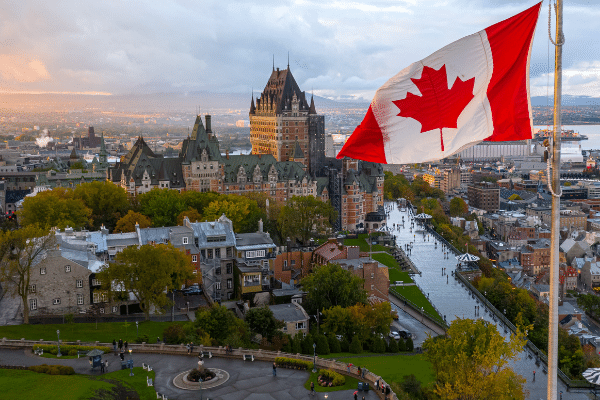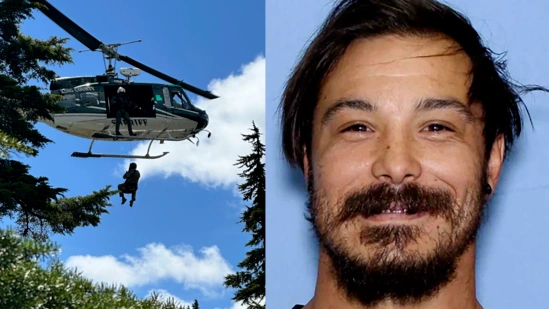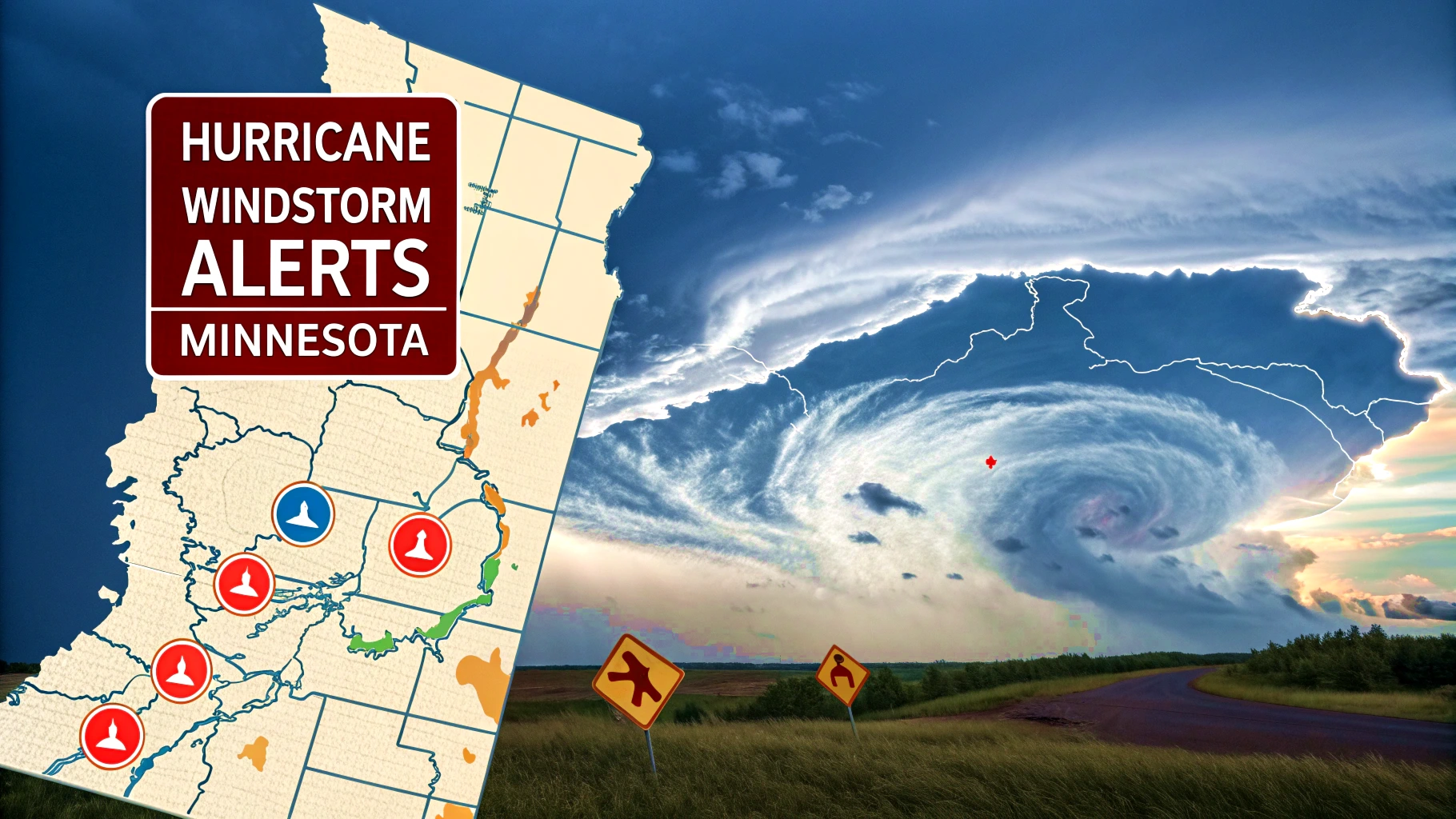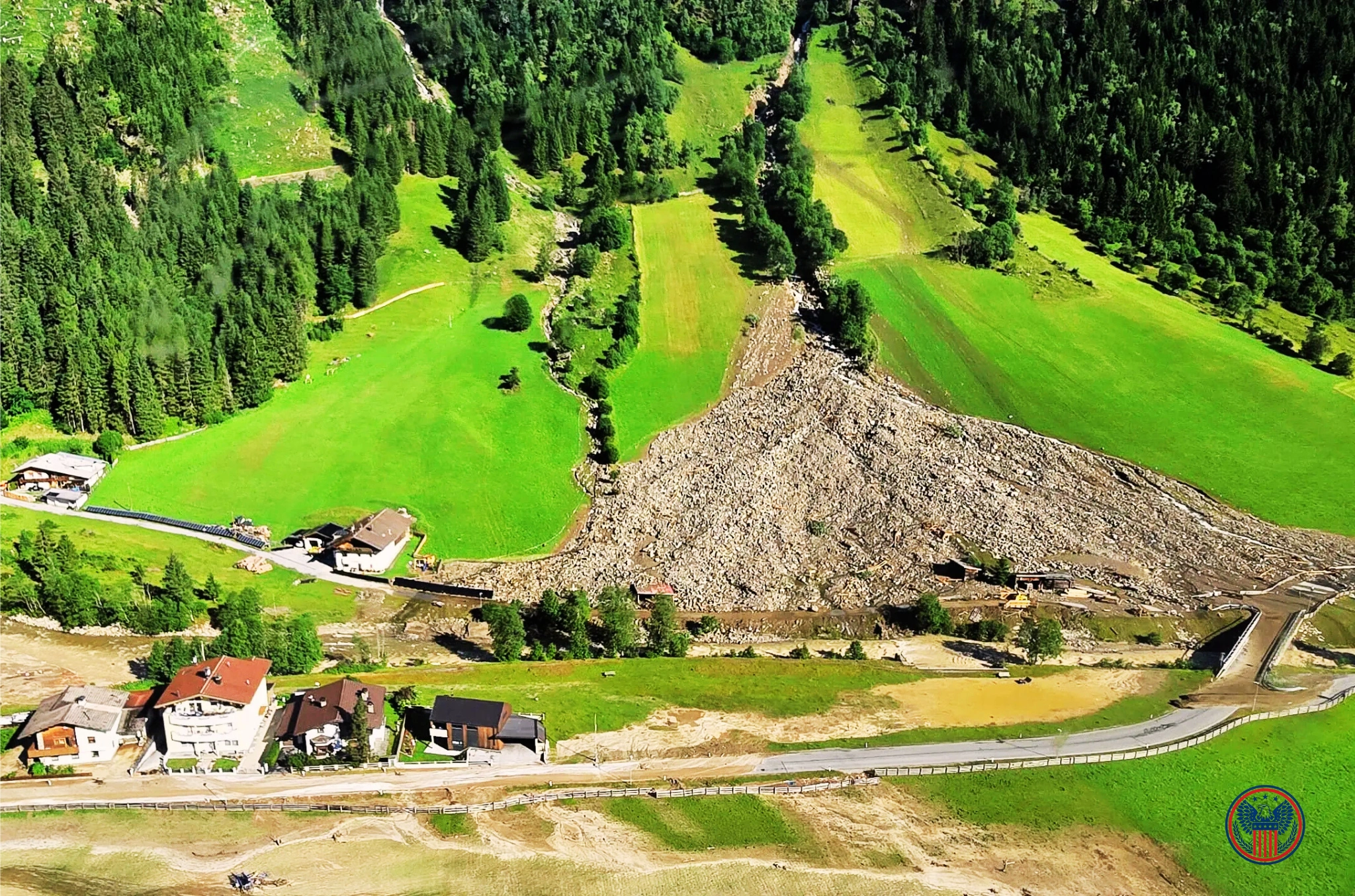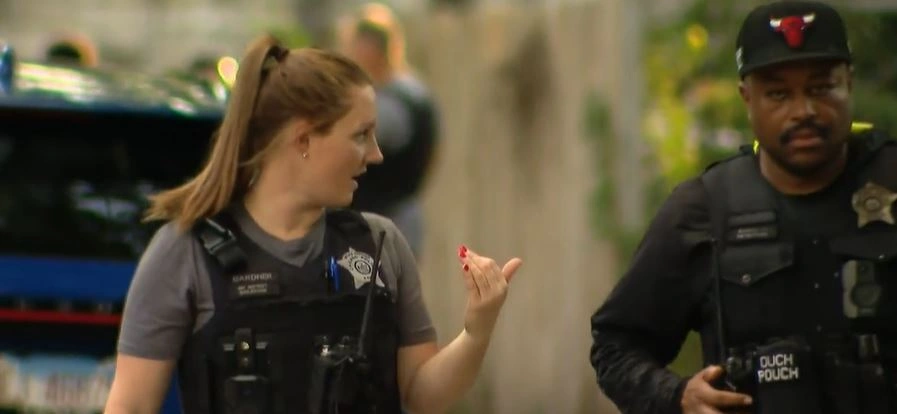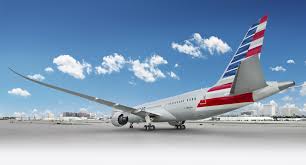Historic Chilkoot Trail Divided: U.S.-Canada Border Ban Halts Gold Rush Trek in 2025
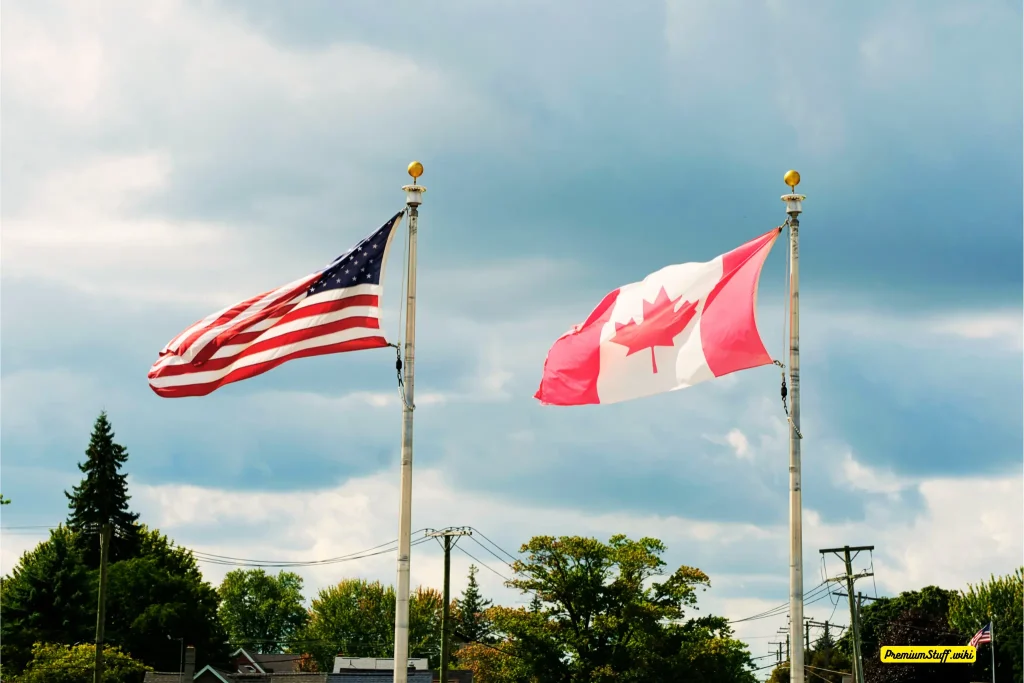
June 14, 2025 — For the fifth consecutive year, hikers attempting the iconic 33-mile Chilkoot Trail — the historic Klondike Gold Rush route linking Dyea, Alaska, and Bennett, British Columbia — will be forced to turn around at the U.S.-Canada border. Despite full repairs to flood-damaged sections on the American side and the trail’s reopening this season, both Parks Canada and the U.S. National Park Service have confirmed a continued ban on cross-border travel for the entire 2025 hiking season (June 4–September 13). This restriction transforms a legendary transboundary trek into two disconnected segments, reflecting broader hardening of remote border areas amid heightened security priorities and strained bilateral relations.
Security Over Wilderness Access
The Canada Border Services Agency (CBSA) and U.S. Customs and Border Protection (CBP) jointly enforce the ban, citing an inability to monitor identities or screen belongings at the remote, infrastructure-free summit where the international boundary lies. “There is no effective way to monitor who is crossing the border and what they are bringing,” stated CBSA spokesperson Luke Reimer, emphasizing the need to “strengthen border security in a constantly evolving environment.” U.S. CBP officials echoed this stance, noting their “national security priority mission has not changed” 239. The policy aligns with Canada’s January 2025 discontinuation of Pacific Crest Trail cross-border permits and mirrors legislative efforts like Bill C-2 (the Strong Borders Act), which aims to combat transnational threats such as fentanyl trafficking.
A Trail Shaped by Disasters and Diplomacy
The Chilkoot Trail’s fragmentation began in 2020 under COVID-19 border closures. Subsequent severe flooding in 2021–2022 damaged critical sections near Dyea, Alaska, preventing repairs and full reopening until this year. Though the U.S. National Park Service celebrated restoring the American portion after “five years of closures,” the border-crossing prohibition initiated in 2022 remains firmly in place.
Political tensions between the U.S. and Canada have intensified these restrictions. President Donald Trump’s recent threats to impose tariffs on Canada and remarks about “annexation” — met by Prime Minister Mark Carney’s retort that Canada is “not for sale” — have strained diplomatic relations. Trump’s unsubstantiated claims about “large amounts of fentanyl” entering from Canada further inflamed border security debates, despite CBP data showing only 43 pounds seized on the northern border in 2024 compared to 21,100 pounds on the southern border.
Irony of History: From Gold Rush to Guarded Pass
The ban contrasts sharply with the trail’s storied past. During the 1898 Klondike Gold Rush, the Chilkoot Pass saw over 20,000 prospectors hauling supplies across the border, guarded only by North-West Mounted Police enforcing customs duties 11. Today, the trail’s summit — once a bustling gateway — is silent.
Hikers can still traverse the Canadian section (Bennett, B.C. to the border) or the U.S. section (Dyea to the border), but completing the full 53-kilometer route requires two border crossings, now deemed illegal without reporting at official ports of entry. The nearest designated ports are in Skagway, Alaska (11 miles from Dyea), and Fraser, B.C., making through-hikes logistically impossible.
Practical Realities for Modern Hikers
Permits for partial hikes are available via Parks Canada (Canadian side) and the U.S. National Park Service (American side), with reservations open through September. However, the prohibition disrupts traditional itineraries. Parks Canada explicitly advises: “Hikers can hike the trail on the Canadian or U.S. sides and must turn around at the border”.
Safety warnings remain critical, avalanches are possible until mid-July, and hikers face hazards including bears, extreme weather, and treacherous terrain. Parks Canada discourages attempts by those lacking multi-day backpacking experience, route-finding skills, or medical preparedness.
The Path Ahead
No timeline exists for resuming cross-border hiking. Both CBSA and CBP note ongoing evaluations of remote entry protocols, but the 2025 ban signals a long-term shift toward “strengthened” security over wilderness access. For now, the Chilkoot Trail stands as a stark symbol of a bordered world — where a route forged by Tlingit traders and stormed by gold seekers remains severed by contemporary politics and priorities.

